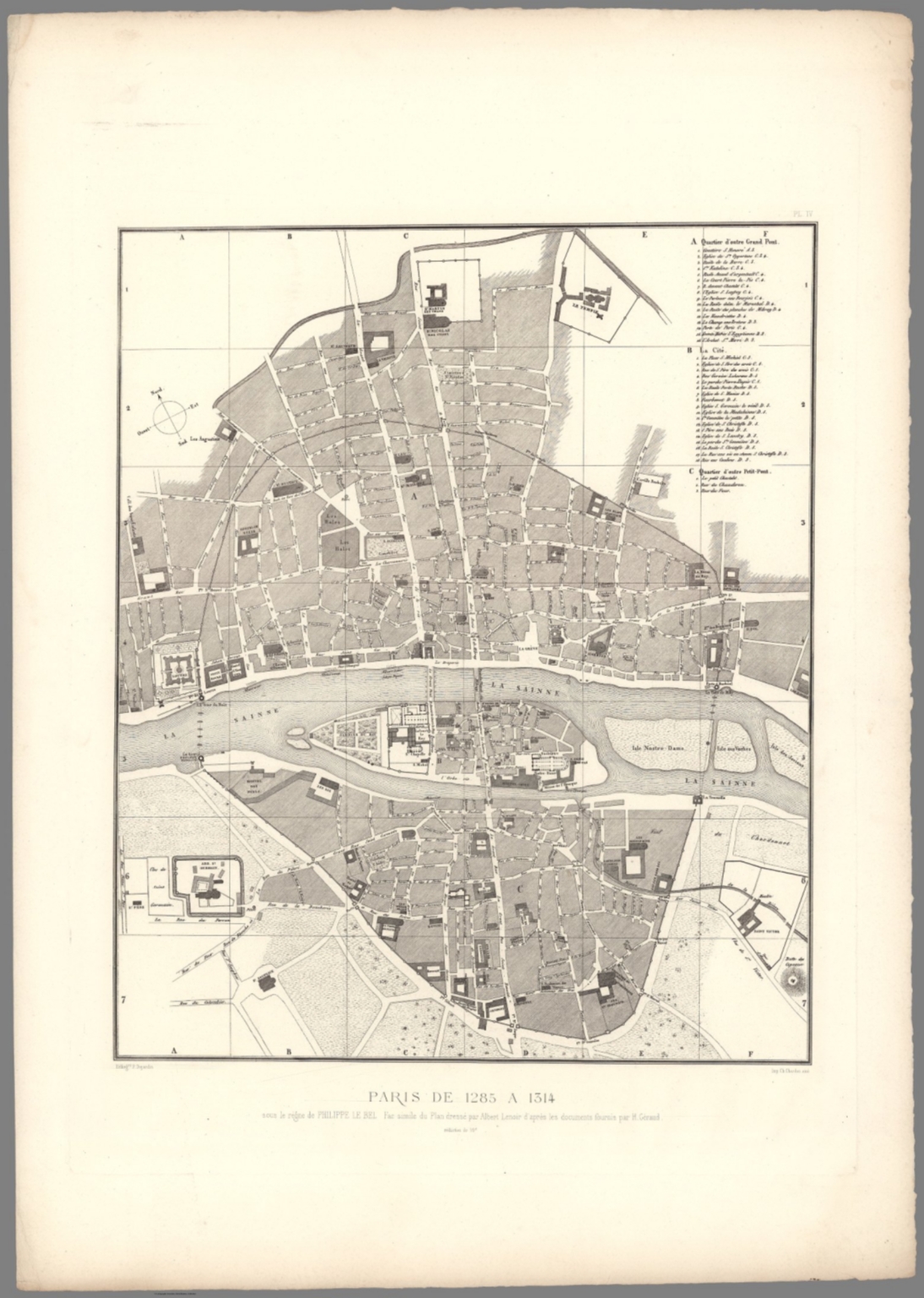In the minus-tenth year of X's life the City's Infrastructure — that ontological monstrosity of entangled circuits, long-hyperhuman algorithms, ubiquitous hardware, and carefully designed rituals that kept human society functional after the eco-socio-psych collapse — decided that it no longer understood people. It had understood them very well at the time of its foundation, and in the decades since it had come to understand humans better than any person or system had ever understood them, but sometime and somehow they had become strange to this strangest of systems, if not so strange that the Infrastructure could not devise a solution.
In the minus-first year of X's life their design was complete. Singular advances in sociomathematics, quantum inference, neural design, and gene-network dynamics had been necessary for it, hundreds of experiments and half a dozen supernatural leaps of inspiration, but the Infrastructure had been designed for this.
In the first day of X's life neuroimplant records were modified and a mating unit found itself with a child of unexplained origins but inarguable allocation. Their response was predictably unexpected, and the Infrastructure started collating data about its configuration space-wayward charges.
In the first ten years of X's life they gained strangeness first slowly and then very quickly. This had been the Infrastructure's intent in their design: X was probe and catalyst and sensor and experimental apparatus and things with precise mathematical definitions too subtle for human language, and above everything X was fast. Whatever strange thing the humans had become, X would become faster and deeper, and humanity's reaction to them would teach the Infrastructure what it needed to learn.
In the second decade of X's life the Infrastructure took copious notes. Psychological and social impossibilities followed X wherever they went, their very mobility strange in the City's society. When X talked, people listened. When people talked, X seemed to already know. This pleased the Infrastructure, who then whispered on X's neurons things to say to test the City's society. Sometimes humans could not understand what X had said, and neither did X themselves. This did not displease the Infrastructure.
In the third decade of X's life the Infrastructure decided that further probing would have diminishing returns. It had gathered the sensor data as it needed, and X's own neural systems, more plastic and receptive than anything human-like had ever been, had learned as much about the City's society as any brain could. Neuroimplant records were modified, X was removed from the City's human quarters, and the cellular-level dissection began so the Infrastructure could read from their flesh the new thing humanity had become under its watch.
